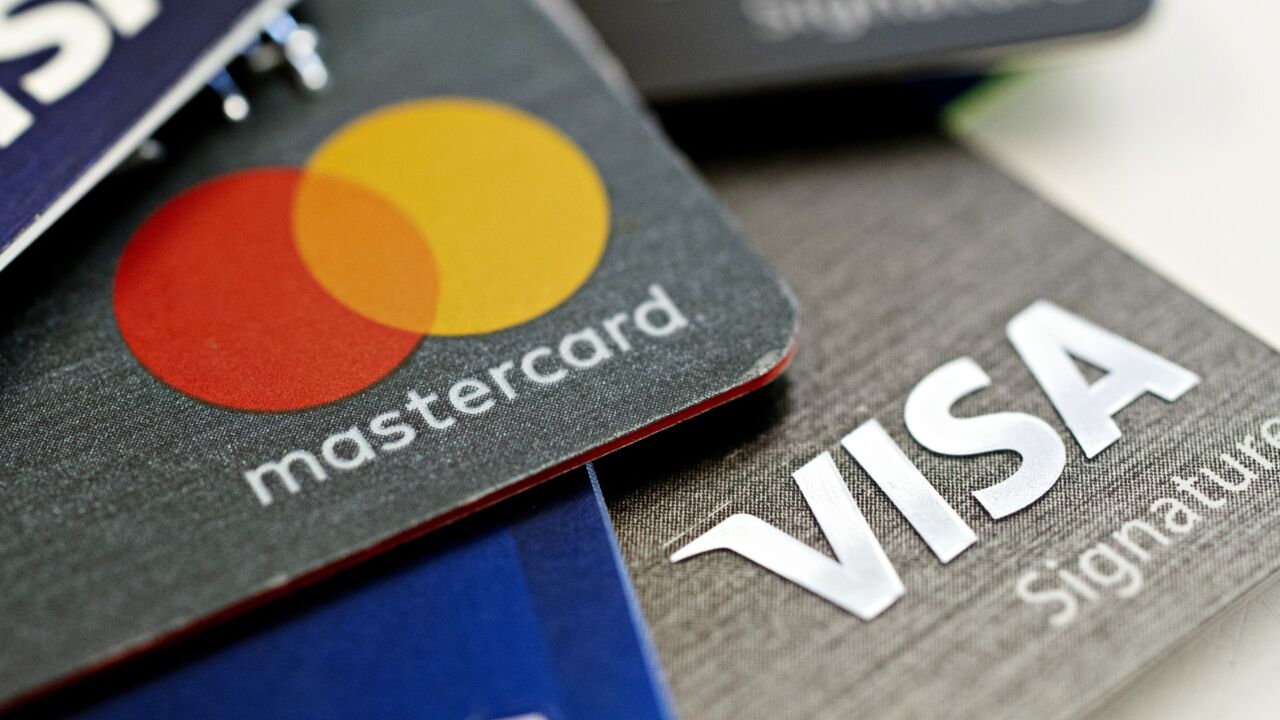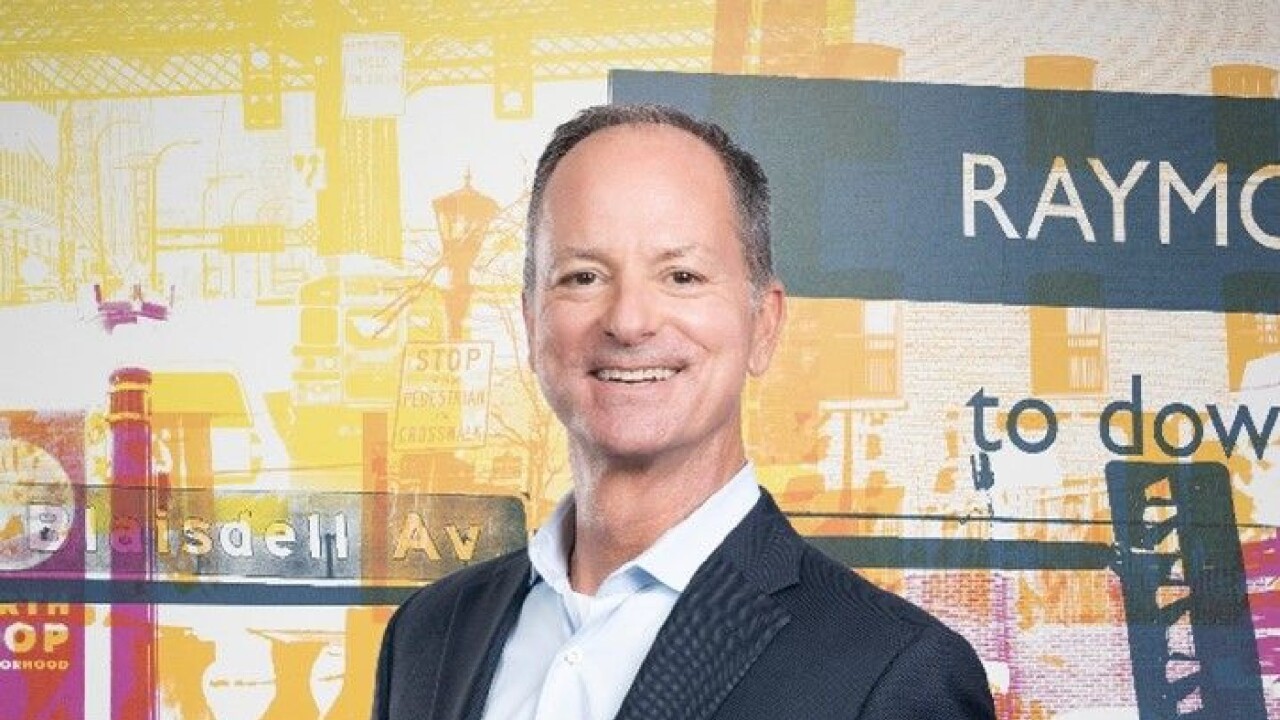Ingenico and Worldline are the latest legacy payment companies to enter a multi-billion dollar merger in response to digital commerce and the popularity of fintechs with investors and merchants.
But as the incumbents gets bigger, the innovation that created the urgency continues unabated in other quarters.
“What will open up is the integration potential of Worldline’s value-added services to Ingenico’s clients. The added services will require development which means time spent on integration versus innovation," said Krista Tedder, head of payments for Javelin Strategy & Research.
Ingenico and Worldline are positioning their
“This combination will increase access to the largest merchants in France, the growing Germany market and the Nordics,” said Gilles Grapinet, Worldline’s chairman and CEO, during a conference call. “But it’s also about global markets, such as Ingenico’s reach in the U.S. and Latin America.”

In the U.S., Worldline and Ingenico will face stiff competition from American merchant acquirers, which have also consolidated in the past year through a series of
Worldline faces competition from
“The payment facilitator model has eaten away at legacy hardware providers,” said Richard Crone, a payments consultant. “Ingenico and Worldline is a hardware deal. In the past decade the hardware sales cycle has lengthened and the install time has elongated. That’s put pressure on the legacy providers who want to know if they can achieve economies of scale by consolidating.”
Ingenico and Worldline did not provide comment for this story. The two companies stressed moves into digital payments and software development during Monday’s conference call to discuss the merger. Investors peppered executives from both companies with questions about de-emphasizing point of sale terminals as a primary revenue source, with moves including potential divestiture. The executives were non-committal about plans for their hardware strategy but expressed a willingness to look at different options.
Ingenico has made moves to build its fintech capabilities. It teamed with
“Ingenico has the challenge of being a hardware company in a digital age,” Tedder said. “Worldline has not been able to compete either with larger players. It is too early to know where they will be able to innovate as one company.”
Worldline's general business category is under pressure.
The omnichannel shopping and payments trend, along with more future-looking innovations such as checkout-free stores, place greater importance on the data that’s derived from shopping. Mobile apps play a role, given Amazon Go-style stores and new Uber-style models link the payment back to an enrollment, which provides important data for the party that enrolls the consumer. Fintechs are better positioned to compete for merchants in this environment.
“All that’s needed is one single successful retrofit of autonomous checkout. That will freeze the [terminal] market,” Crone said.
One area where Ingenico and Worldline can gain ground is in providing payment technology that combines with gated access. As mass transit and other transportation systems upgrade, the projects require overhauls of existing payment systems at turnstiles.
Ingenico has made
It’s here where Worldline and Ingenico’s existing scale and international reach with merchants and other partners can find a potential head-start against fintechs that don’t have the applicable experience to retrofit transit systems.
“Transportation has a heavy hardware dependence with gates and turnstiles, and that’s not likely to go away anytime soon,” Crone said.





